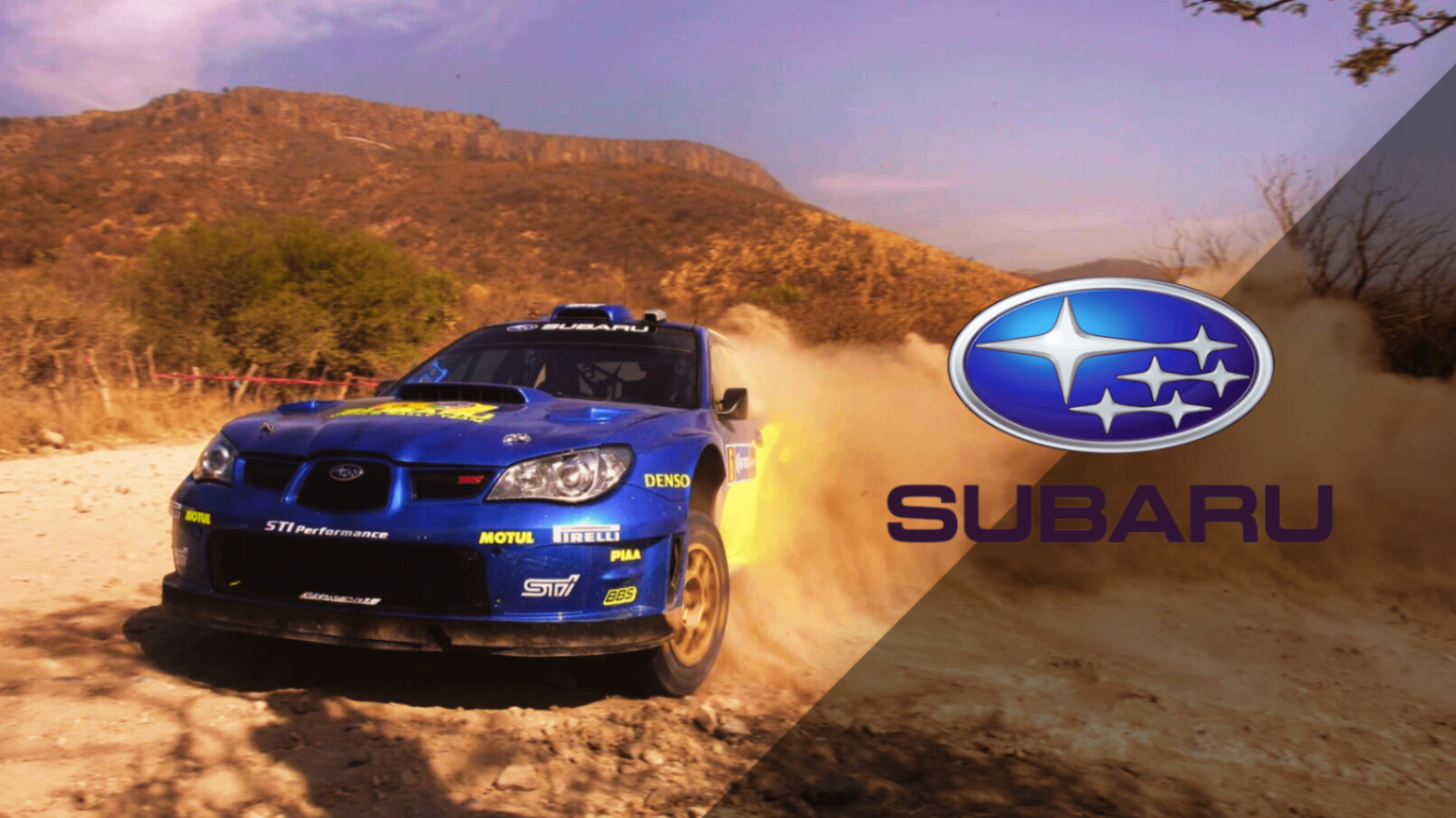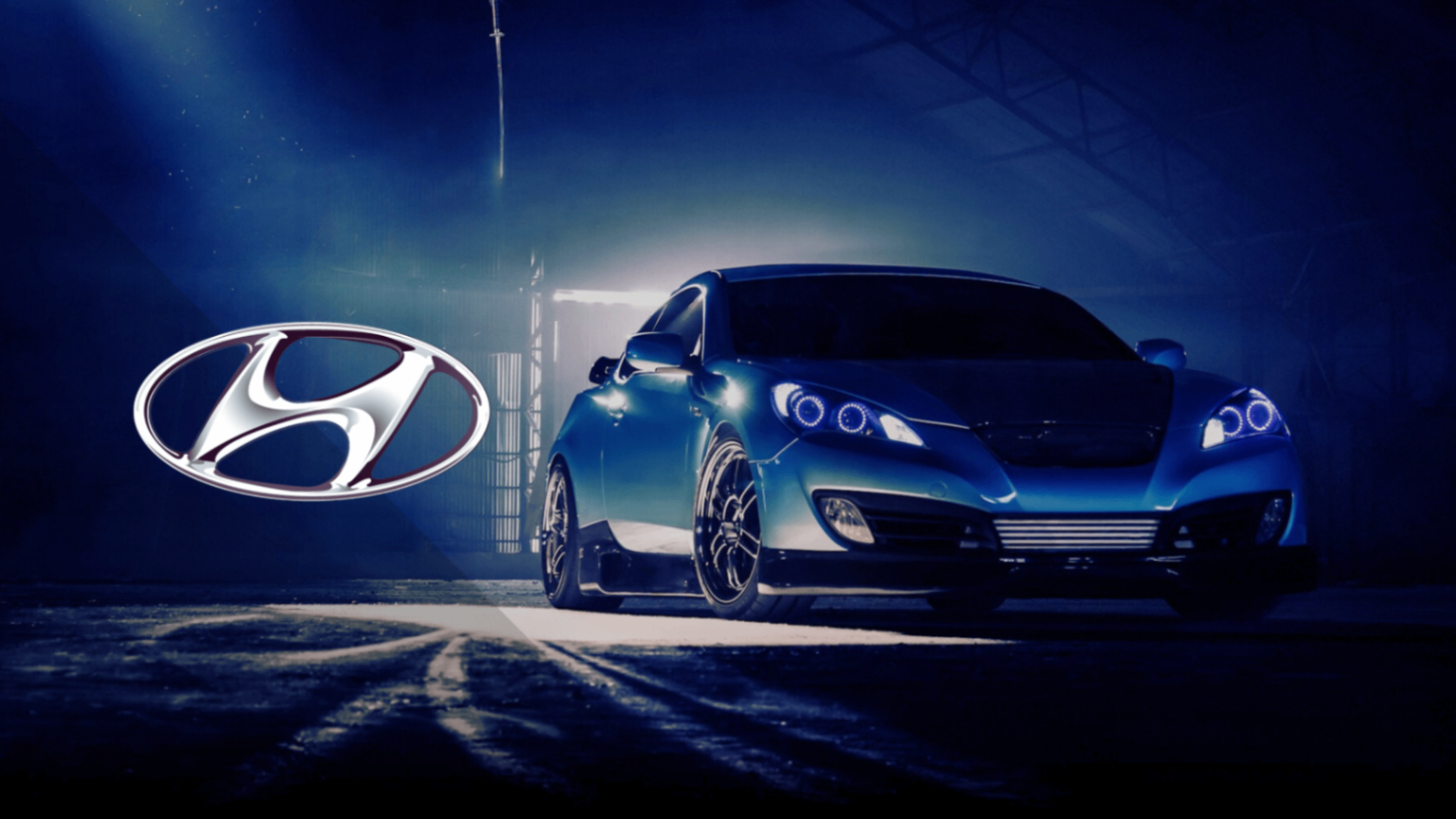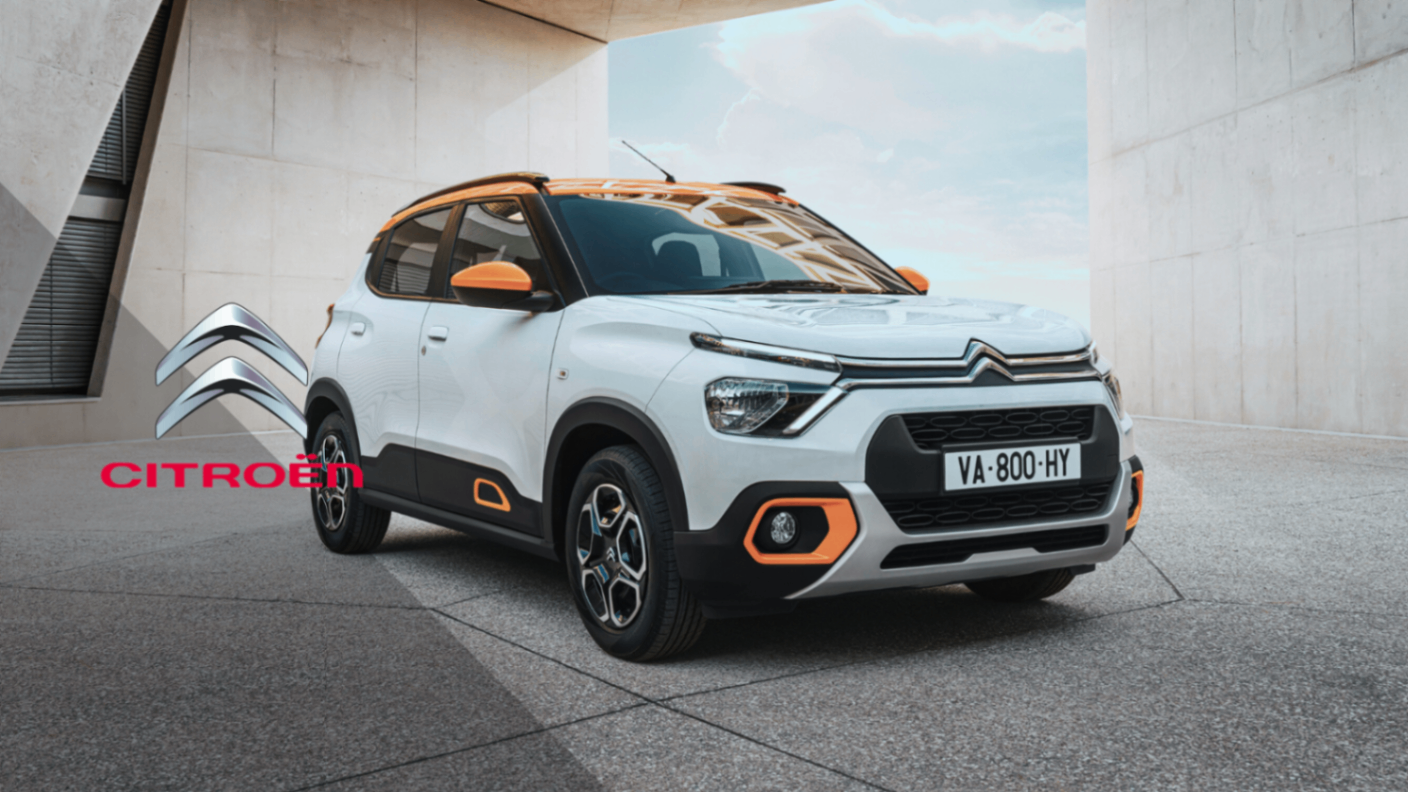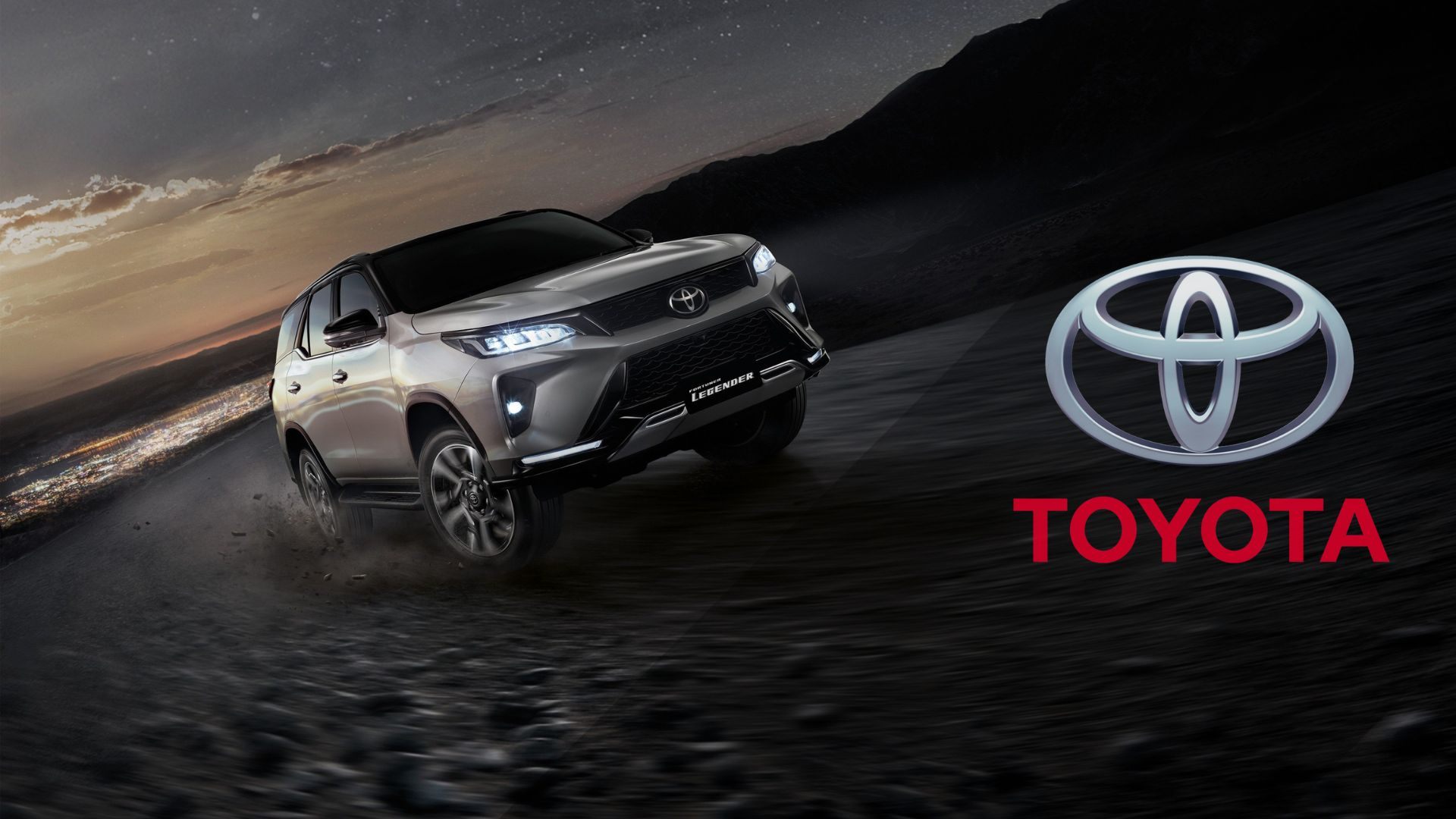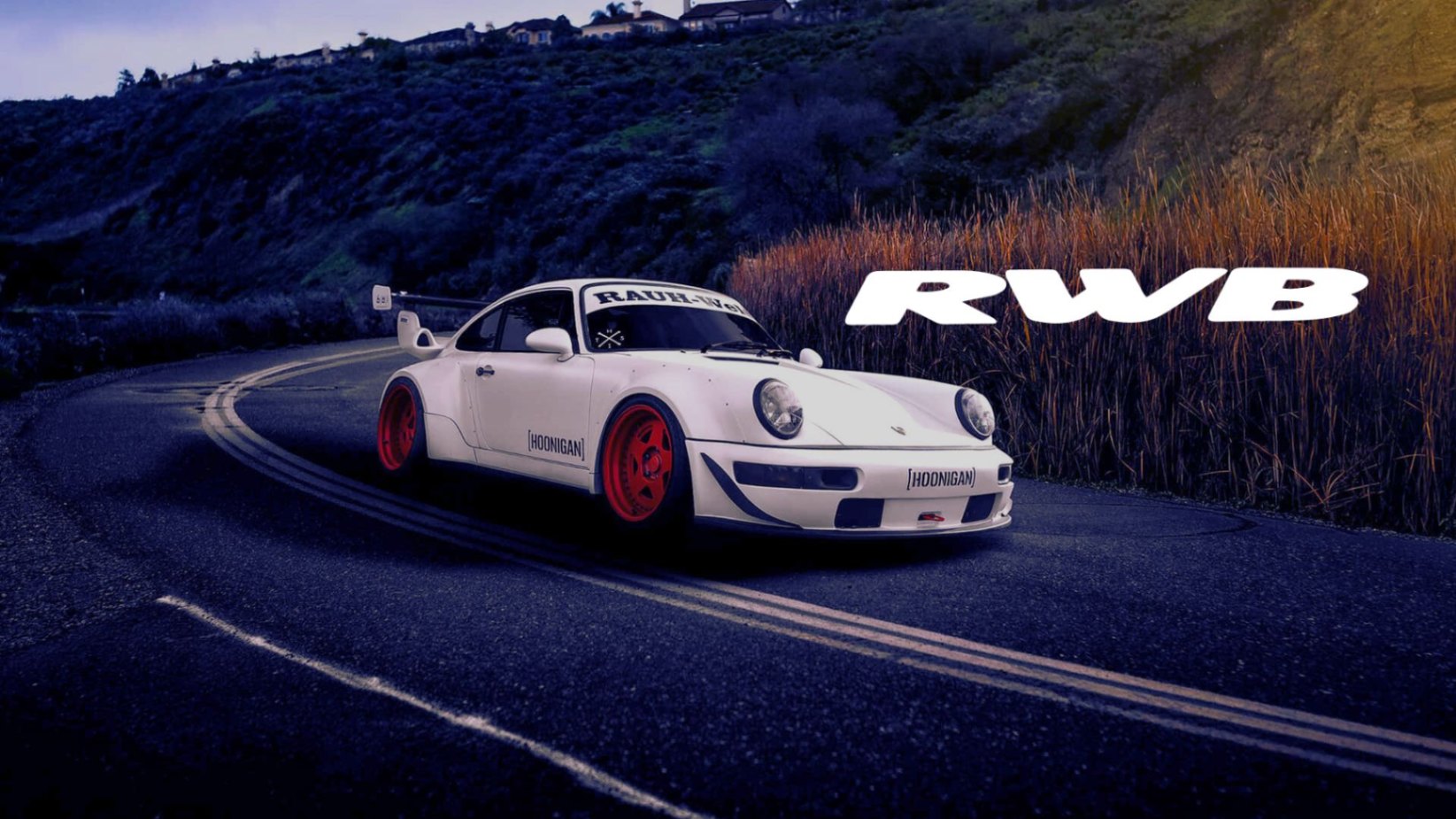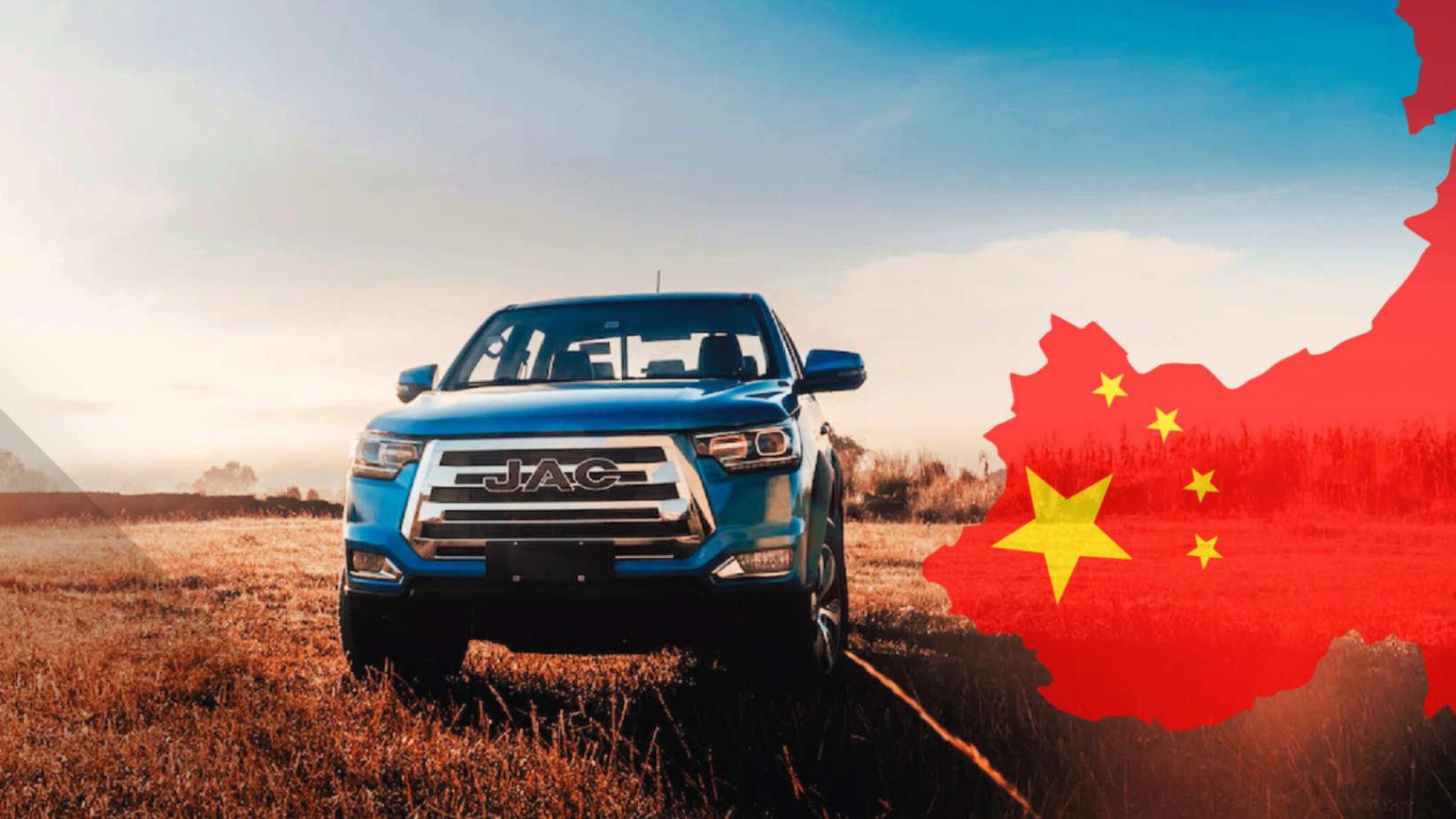
From dusty mountains to snowy roads, Subaru has left an indelible mark on the world of rallying. With its legendary all-wheel drive system and unmistakable competitive spirit, the Japanese brand has not only won championships but has also captured the hearts of millions of fans.
Subaru's Rally Beginnings
In the 1980s, Subaru began venturing into the world of rallying. While their initial attempts weren't dominant, the Japanese brand soon found its niche. Early Subaru vehicles faced numerous challenges in terms of performance and reliability. However, the company displayed unwavering determination to overcome these obstacles. Through a constant process of trial and error, Subaru gained valuable lessons that would form the foundation of its future success.
The key to their early success was the adoption of all-wheel drive (AWD), which allowed them to excel on challenging terrains and adverse conditions. This technology not only improved the cars' ability to handle rough and slippery surfaces but also provided drivers with greater confidence and control. AWD became a hallmark of Subaru, setting it apart from many of its competitors that still relied on two-wheel drive.
The creation of Subaru Tecnica International (STI) was a significant milestone. This specialized department focused on enhancing the performance of Subaru vehicles, which proved crucial for their future rally victories. With a meticulous focus on research and development, STI implemented a series of technical innovations, from optimizing the boxer engine to improving suspension and aerodynamics. Additionally, STI established a culture of excellence and precision, attracting engineers and technicians passionate about pushing the boundaries of automotive engineering.
With the backing of STI, Subaru began to fine-tune its strategies and tailor its vehicles specifically for the demands of rallying. This commitment to continuous improvement and technological innovation set the stage for Subaru's golden era in rallying, marking the beginning of a series of successes that would reverberate through the history of motorsport.

The Golden Era: Colin McRae and the WRC Titles
The 1990s marked the beginning of Subaru's golden era in the World Rally Championship (WRC). The partnership with charismatic Scottish driver Colin McRae propelled Subaru to new heights. Known for his aggressive driving style and ability to push the car to its limits, McRae became an iconic figure for both the brand and rally fans. The 1995 season was particularly memorable, culminating in McRae winning the first world championship for Subaru, an achievement that not only put the brand on the global rally map but also inspired a new generation of motorsport enthusiasts.
McRae's impact on Subaru was profound and lasting. His 1995 victory was not only a milestone for the brand but also solidified the partnership between Subaru and the WRC. The image of McRae driving the iconic blue and gold Subaru Impreza, with his bold and distinctive style, became an immortal image in the history of the sport. The collaboration between McRae and Subaru proved to be a perfect combination of talent and technology, propelling the team to achieve heights that seemed unattainable before.
In addition to McRae, other drivers like Richard Burns and Petter Solberg also made their mark with Subaru, contributing to its continued success in the WRC. Richard Burns, meticulous and calculated, won the world championship in 2001, adding another title to Subaru's crown and demonstrating that the brand did not rely on a single driver to achieve greatness. Petter Solberg, with his vibrant personality and energetic approach, managed to clinch the world title in 2003, further cementing Subaru's reputation as a rally powerhouse.
These drivers and their achievements cemented Subaru's reputation as a force to be reckoned with in the world of rallying. Each brought their own unique style and skills to the team, but they all shared an unwavering passion for competition and a commitment to excellence. Thanks to their contributions, Subaru not only accumulated titles and trophies but also earned the respect and admiration of the rally community worldwide. Subaru's golden era in the WRC is not only measured in terms of victories and championships but also in the way the brand captured the imagination of fans and left an indelible mark on the history of motorsport.
The Subaru Impreza: A Track-Bred Icon
The Subaru Impreza, especially in its WRX variant, became a true rally icon. With technological innovations like all-wheel drive and the boxer engine, the Impreza gained a significant competitive advantage on the tracks. The boxer engine, with its compact design and low center of gravity, allowed for better weight distribution and greater stability in corners and challenging terrain. This configuration, combined with all-wheel drive, offered exceptional performance in any weather condition, from dusty and dry roads to slippery and snowy surfaces.
Beyond its technical performance, the Impreza also stood out for its robustness and reliability, essential characteristics in the world of rallying. The car's ability to withstand the extreme demands of rally competitions and continue to perform optimally earned it the respect of both drivers and engineers. The Impreza was not only fast and agile but also durable, allowing it to complete challenging stages and maintain consistent performance throughout the entire season.
The Impreza's popularity was not limited to competitions; it also became a cult car among enthusiasts. Its success in rallying and its performance on the road contributed to its legendary status. Automotive enthusiasts were drawn to its aggressive design, responsiveness, and modification potential. The Impreza WRX became a popular base for customizations and upgrades, from engine tuning to aesthetic modifications, making each car a unique expression of its owner.
Furthermore, the Impreza WRX and its even more powerful version, the WRX STI, achieved a perfect balance between sporty performance and everyday practicality. This allowed drivers to experience the thrill of driving a rally car in their daily lives without sacrificing comfort and functionality. Thanks to its rally heritage, the Impreza earned a special place in the hearts of enthusiasts and became a symbol of automotive passion and performance.

The Rivalry with Mitsubishi and the Legendary Battles
One of the most iconic rivalries in the WRC was between Subaru and Mitsubishi, especially during the 1990s and early 2000s. The battles between the Subaru Impreza and the Mitsubishi Lancer Evo are legendary and etched in the minds of fans.
Learn more about Mitsubishi at: Nissan-Mitsubishi: A Marriage of Convenience or True Love?
The rivalry between these two brands was more than just a competition between cars; it was a war of technology and human talent. Every season, Subaru and Mitsubishi faced off not only on the tracks but also in laboratories and workshops, seeking that competitive edge that could make the difference between victory and defeat. This rivalry pushed both brands to explore the limits of engineering and innovation.
The races between the Subaru Impreza and the Mitsubishi Lancer Evo were pure adrenaline. Fans eagerly awaited each rally, knowing that every corner, every jump, and every stretch of dirt could be the stage for a new chapter in this epic confrontation. The drivers of both brands, aware of the historical weight of this rivalry, meticulously prepared for each race, knowing their performances would be remembered for generations.
The impact of this rivalry extended beyond the WRC and seeped into the popular culture of motoring. Streets and garages around the world filled with modified versions of the Impreza and the Lancer Evo, mimicking the designs and setups of the rally cars. Debates about which was better, the Subaru or the Mitsubishi, became a recurring topic among motor enthusiasts, fueling a passion that went beyond the racetracks.
These competitions not only raised the profile of rallying worldwide but also drove both brands to innovate and improve constantly. The technological advancements achieved thanks to this intense competition benefited consumers, who could enjoy more robust, faster, and safer vehicles. The races between these rally titans are still remembered as some of the most exciting moments in the sport's history, and the rivalry between Subaru and Mitsubishi remains one of the most fascinating and celebrated narratives in the world of motoring.
The Rally Legacy and its Impact on Subaru's Identity
Subaru's rally success solidified its reputation as a brand associated with performance, reliability, and innovation. This heritage lives on in Subaru's current production models, especially in the STI editions, which reflect the spirit and technology of their rally cars. WRX STI models are a clear testament to this heritage, incorporating advanced technologies derived directly from rally competitions, such as symmetrical all-wheel drive and high-performance turbocharged engines. Every detail, from aerodynamics to suspension, is designed to deliver a driving experience that evokes the excitement and precision of rally stages.
Beyond technical performance, Subaru has maintained the aesthetics and design that recall its glorious days in the WRC. The iconic colors and aggressive lines of its vehicles not only attract automotive enthusiasts but also convey a sense of sportiness and dynamism that is unmistakable. This approach has allowed Subaru to remain relevant and desirable in an ever-evolving automotive market.
The rally legacy has created a loyal fan base that continues to support the brand. Subaru has capitalized on this community, keeping the passion for its rally heritage alive through events and local competitions. In many places around the world, Subaru owners' clubs organize gatherings, exhibitions, and amateur rally events, where fans can share their love for the brand and experience firsthand the performance and technology that made Subaru's rally cars famous. These events not only serve to strengthen the fan community but also allow Subaru to maintain close contact with its customers and better understand their needs and desires.
Additionally, Subaru actively participates in local and regional rally championships, providing a platform for new talents to showcase their skills and for enthusiasts to experience the thrill of racing. This strategy not only keeps Subaru's rally tradition alive but also helps develop and refine new technologies that are eventually incorporated into production models.
In summary, Subaru has successfully transformed its rally success into a fundamental pillar of its brand identity, creating vehicles that not only excel in performance and reliability but also inspire a deep passion among its followers. This emotional connection with its fan community ensures that Subaru's rally legacy will endure for many generations to come.
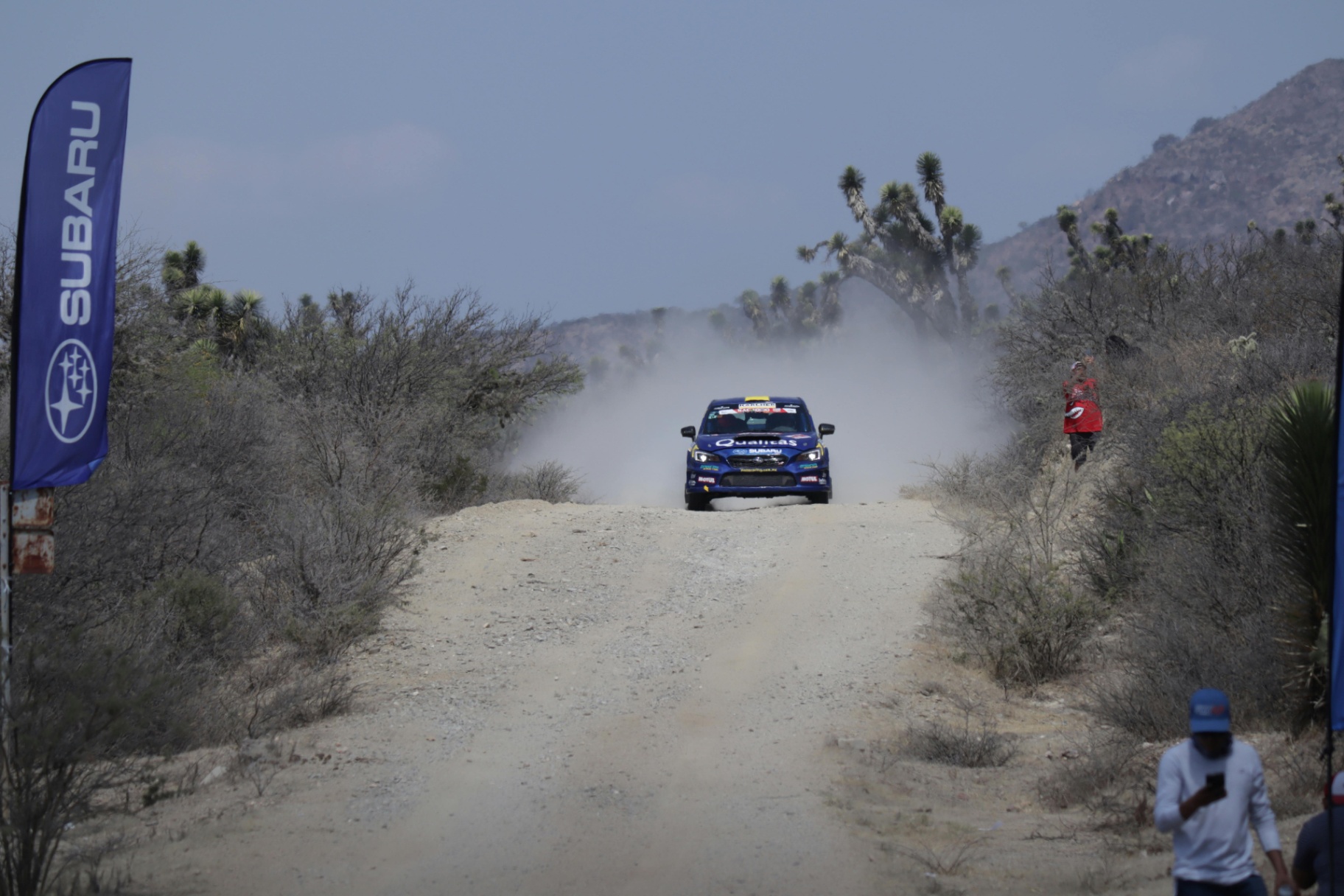
Subaru in Rally Today: A Hoped-for Return?
In 2008, Subaru made the difficult decision to withdraw from the WRC, a move that shocked many fans. The reasons behind this decision were varied, including economic and strategic factors. The global financial crisis of that period forced many companies to reevaluate their investments and priorities, and Subaru was no exception. The brand decided to focus its resources on developing new technologies and strengthening its presence in other segments of the automotive market. The withdrawal also allowed Subaru to concentrate on improving its production models and offering its customers vehicles that integrated the best of rally-derived technology.
Despite its departure from the WRC, the possibility of a Subaru return is always in the air. An eventual return could revitalize interest in the brand and in rallying, both among fans and in the automotive industry. Rumors and speculation about a possible Subaru return to the WRC have consistently circulated in the automotive community, fueling hope that the brand will return to the tracks in the near future. Technological innovations and improvements in engine efficiency could be key factors facilitating this return, allowing Subaru to compete at the highest level once again.
Meanwhile, Subaru continues to promote its legacy in local rally competitions and motorsport events, keeping the flame of its rich history on the tracks alive. The brand actively participates in regional and national championships, providing support to teams and drivers competing with Subaru models. These events not only celebrate Subaru's rally history but also serve as platforms to test new technologies and developments that could be incorporated into future production models.
Additionally, Subaru organizes and sponsors amateur rally events and owner gatherings, where enthusiasts can experience firsthand the excitement and performance of Subaru cars. These events strengthen the fan community and keep the spirit of rallying alive in the hearts of enthusiasts.
Subaru's continued presence in the world of rallying, even if not on the global WRC stage, demonstrates its commitment to the tradition and passion that defined its past success. This emotional connection with its legacy ensures that, even though it is not currently competing in the WRC, Subaru remains an influential and respected force in the world of rallying.

